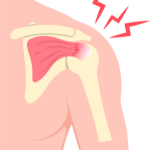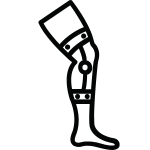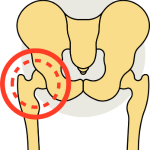
Knee, hip, and shoulder replacement surgeries involve replacing damaged or worn-out joints with artificial implants. These procedures are performed to relieve pain, restore mobility, and improve the quality of life for individuals with severe joint conditions or injuries.

A fracture plaster facility provides services for the application of plaster casts to immobilize and support fractured bones. This helps in the healing process by stabilizing the affected area and promoting proper alignment of the broken bone for recovery.

Rheumatoid arthritis is a chronic autoimmune disorder that primarily affects the joints, causing inflammation, pain, stiffness, and swelling. It can also affect other organs and systems in the body. Treatment aims to manage symptoms and slow the progression of the disease.

Arthroscopic knee and shoulder ligament repair is a minimally invasive surgical procedure that uses a small camera and specialized instruments to repair damaged ligaments in the knee or shoulder joint. This approach allows for quicker recovery, smaller incisions, and less tissue damage compared to traditional open surgery.

Treatment for back pain and osteoporosis typically involves a combination of pain management techniques, physical therapy, exercise, medication, and lifestyle modifications. It aims to relieve pain, improve mobility, strengthen bones, and reduce the risk of fractures in individuals with osteoporosis.

A joint injection facility offers services for administering injections directly into joints to relieve pain, reduce inflammation, and improve joint function. These injections typically contain corticosteroids, hyaluronic acid, or other medications that can provide targeted relief for conditions such as arthritis or joint inflammation.

Limb lengthening surgery is a medical procedure that involves extending the bones in the arms or legs to increase their overall length. It is typically performed to address conditions such as limb length discrepancies or certain forms of dwarfism.

Acetabulum, hip, and pelvic fracture surgery repairs fractures in the hip joint socket, hip bone, and pelvic region. It involves techniques like open reduction and internal fixation (ORIF) or total hip replacement to stabilize the bones, promote healing, and restore mobility.

Regenerative knee and ankle cartilage repair surgery is a procedure aimed at restoring damaged cartilage in the knee or ankle joints. It involves techniques such as autologous chondrocyte implantation (ACI) or matrix-induced autologous chondrocyte implantation (MACI) to promote the growth of new, healthy cartilage tissue.

.png) Top
Top